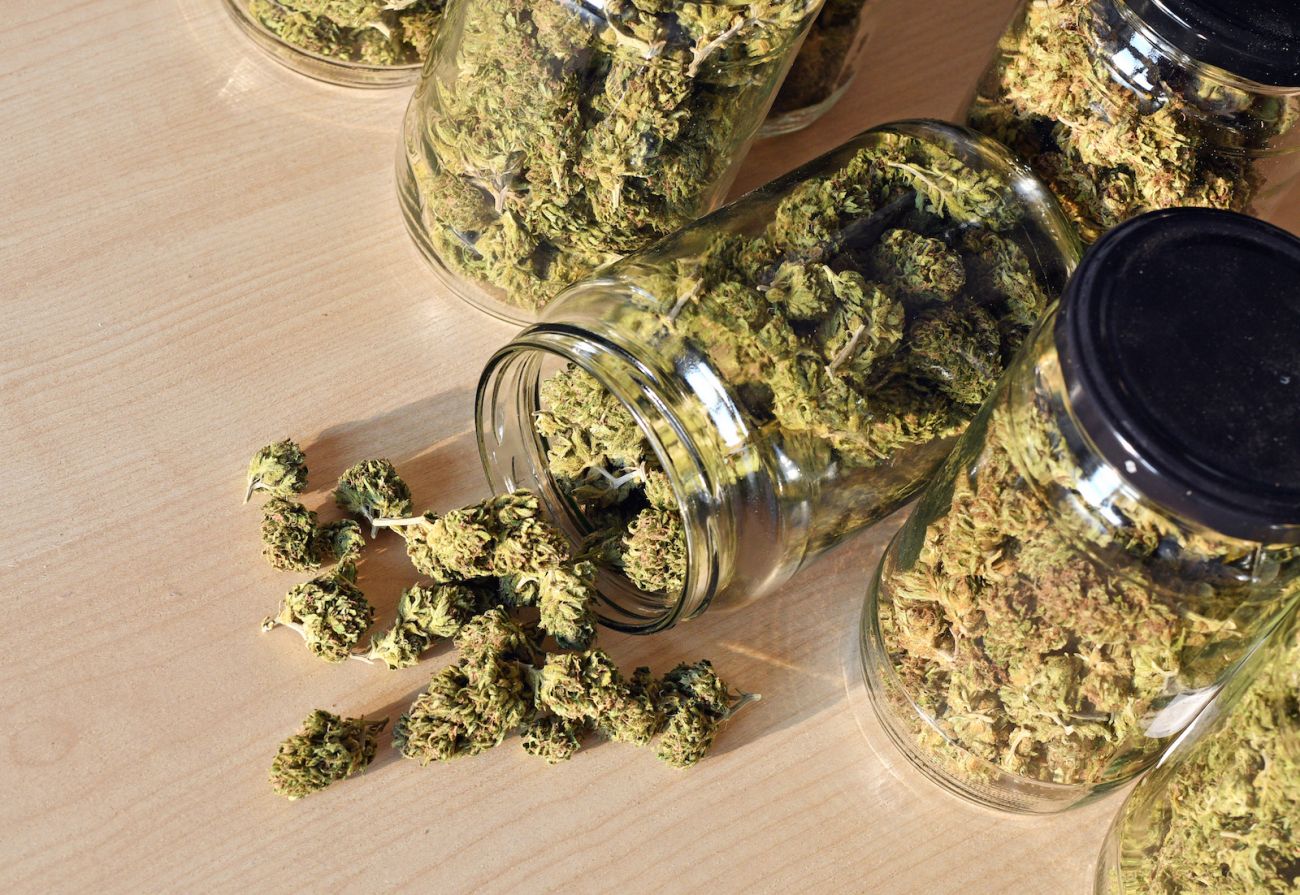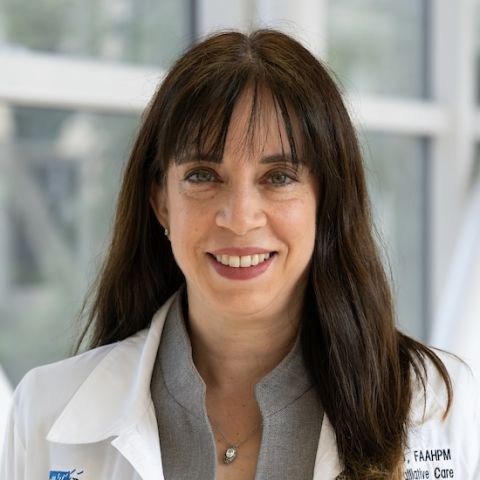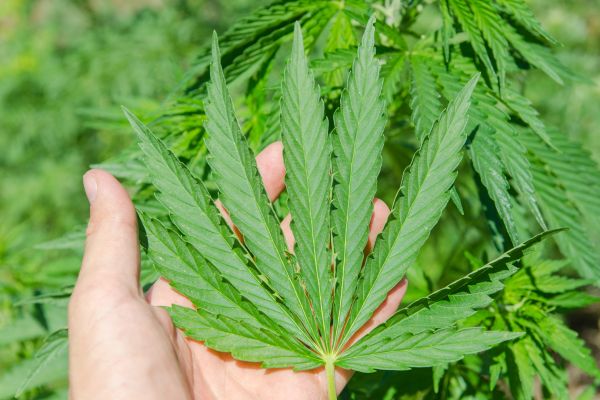Cannabis, otherwise known as marijuana, has been used both medicinally and recreationally for thousands of years, but its use as medicine remains highly controversial.
The medical community and some state governments, including New York, now recognize cannabis as a treatment for certain cancer-related symptoms, such as poor appetite, pain and nausea. However, the drug remains illegal at the federal level, and this confusing combination puts the doctors that prescribe cannabis and the patients who use it in uncharted territory.
Is cannabis a drug or a natural herb?
Medical cannabis or medical marijuana is a drug. It contains 483 compounds, including the chemical tetrahydrocannabinol (THC), which can trigger psychosis in patients with a history of psychiatric illness. Cannabis can also be addictive, and active users can develop physical and psychological dependence on the drug.
Does cannabis treat cancer?
Many patients come to me with hope that cannabis can cure their pain, nausea, poor appetite or even cancer itself. Unfortunately, there is a lot of information online touting medical marijuana as a natural cure for cancer. These websites post testimonials and cite “breakthrough research” claiming that cannabis can kill cancer cells with no side effects.
It is understandable that patients and families, when feeling powerless in the face of a life-threatening illness, would look for hope in any new treatement available. The fact is that despite what you might have read on the Internet or heard from a friend, cannabis is not a cancer treatment.
We have no scientifically based evidence showing that cannabis has any beneficial effect on cancer cells or tumors. If it were in fact the miracle cure we’ve been searching for, doctors all over the world would simply give cannabis oil to every cancer patient. It is possible that cannabis could have potentially unknown cancer benefits, but more studies are needed to determine just what these are.
Can a cancer patient benefit from using cannabis?
Medical cannabis can be used to alleviate certain symptoms related to cancer and its treatment. Studies have shown that medical marijuana can help alleviate symptoms like pain, nausea and decreased appetite, and we do see cases where medical marijuana can help patients cope with these cancer-related symptoms. In my opinion, cannabis does a better job improving appetite and reducing nausea than it does alleviating cancer-related pain.
How does a patient get medical cannabis?
In order to obtain cannabis, a qualifying patient must be certified by New York State’s medical marijuana program by a registered practitioner. We have registered practitioners in our Supportive and Palliative Care program at Roswell Park, and we follow state guidelines when certifying patients. Patients must have a qualifying condition and at least one symptom that can’t be controlled using any other available FDA-approved treatments.
If certified, patients must register with the New York Department of Health and pay an annual $50 fee in order to obtain an ID card. Patients may then use this card to obtain cannabis products from a registered dispensing facility. Erie County currently has three such facilities.
What types of cannabis are available to cancer patients?
Cannabis can be used in many different ways. It can be taken by mouth, such as in oil tinctures placed under the tongue. It takes longer for the body to absorb cannabis this way, but the effect lasts longer. Cannabis can also be inhaled or vaped for a faster-acting but shorter-lived effect. The many different formulations of cannabis are based on the ratios of THC to cannabidiol (CBD), another active chemical in medical cannabis, and this ratio determines what effects the drug will have.
We can recommend a certain formulation for our patients, but the dispensary controls the type and amount of cannabis they’ll get. We follow up with our patients after they are prescribed cannabis at the dispensary, because I’ve seen some cases where patients end up taking too much cannabis or too high of a dose, which is not only expensive but also dangerous. We have to practice with our patients’ safety in mind.
What are the risks and benefits of cannabis?
Cannabis is a growing business, and patients need to know that dispensaries make a profit by selling these products. For this reason, we recommend that patients are cautious when visiting the dispensary.
Cannabis is also expensive. In addition to the $50 annual registration fee, a 5-day supply of medical marijuana costs between $40 and $80, meaning that a month’s supply can cost over $300. Keep in mind that this drug is nonreturnable, so the cost is nonrefundable. When comparing this treatment option to a 30-day supply of an FDA-approved drug (with a $5 co-pay) that is known to be effective for pain and nausea, many of my patients decide that cannabis is not worth the time and effort.
I recommend that my patients begin with a 5-day supply of cannabis to see how the body reacts. That way, they avoid spending money on a product that isn’t helpful or tolerable. Patients should avoid taking cannabis along with other sedating medications or alcohol, because this combination may impair their ability to drive or work. I also recommend that my patients start by taking cannabis only at night and avoid driving until they know how their bodies react to the drug.
With its legalization in New York in 2015, medical marijuana has simply become one more tool in our toolbox that we use when managing cancer symptoms. We give a full evaluation and offer symptom-based supportive care, but cannabis remains a controlled substance that we recommend with caution and only for cancer patients with certain symptoms that do not respond to other available treatments.




